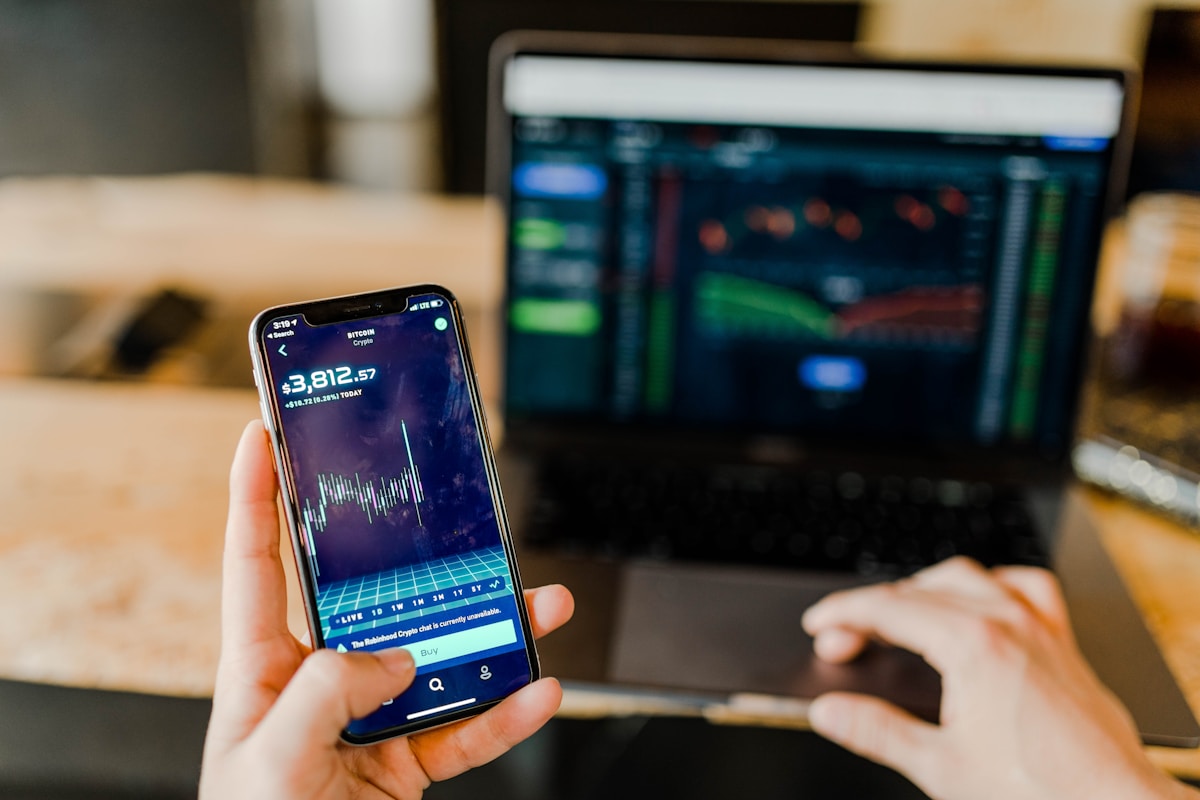In the ever-evolving landscape of finance, a quiet revolution is taking place, and its name is artificial intelligence. Step aside, traditional trading methods—there's a new player in town, and it's not a human with a Wall Street pedigree, but rather, it's a complex web of algorithms and machine learning models reshaping the way we navigate the financial markets.
Imagine a world where trades happen at the blink of an eye, decisions are made with lightning speed, and the intricacies of market trends are deciphered with unparalleled accuracy. Welcome to the age of A.I. financial trading, where the rise of machines is not just a trend but a seismic shift in the trading game.

Gone are the days when traders relied solely on gut instincts and years of experience. Today, the market is abuzz with the hum of algorithms sifting through massive datasets, identifying patterns, and executing trades at a pace that leaves human traders in the dust. It's a symbiotic dance between humans and machines, with A.I. taking the lead in the intricate choreography of financial transactions.
So, what exactly is the magic behind A.I. financial trading? At its core, it's all about data—tons and tons of data. A.I. algorithms have an insatiable appetite for information, devouring market data, economic indicators, social media sentiments, and more. They process this information at a speed and scale that human brains can only dream of, distilling insights that would take a team of analysts weeks to uncover.
But it's not just about the quantity of data; it's about the quality of analysis. A.I. systems are adept at identifying subtle correlations and trends that might elude even the most seasoned human traders. They don't succumb to emotions or biases, making decisions based on pure logic and historical data. It's like having a tireless, emotionless market oracle at your fingertips.
One of the key pillars of A.I. financial trading is machine learning—a concept that allows algorithms to learn from past experiences and continuously improve. These algorithms adapt to changing market conditions, evolving strategies in real-time, and staying ahead of the curve. It's a learning process that mirrors the adaptive nature of the financial markets themselves.
But lest we think that A.I. is here to replace humans entirely, it's essential to recognize the symbiosis at play. While machines handle the nitty-gritty of data analysis and execution, human traders bring intuition, creativity, and strategic thinking to the table. A.I. empowers human traders, providing them with tools to navigate the complexity of the modern financial landscape more effectively.
The rise of A.I. financial trading has democratized access to the markets. It's no longer the exclusive domain of Wall Street titans with deep pockets. With algorithmic trading platforms and robo-advisors, even small-scale investors can harness the power of A.I. to optimize their portfolios and make informed decisions.
However, like any revolutionary force, A.I. financial trading is not without its challenges and ethical considerations. The fear of machines running amok and causing market meltdowns is a valid concern. Striking the right balance between innovation and regulation is crucial to ensuring a stable and fair financial ecosystem.
As we stand at the cusp of this A.I. revolution in finance, the key lies in embracing the change while navigating the potential pitfalls. A synergy between human intuition and machine precision is the winning formula. The rise of machines in financial trading is not just a trend; it's a paradigm shift that demands our attention and adaptation. So, fasten your seatbelts, fellow investors, as we ride the wave of A.I. into the future of finance—a future where the machines have not just risen; they're leading the way.
Written by Joseph Farodoye
with a little A.I assistance for Bluxe Century Magazine

